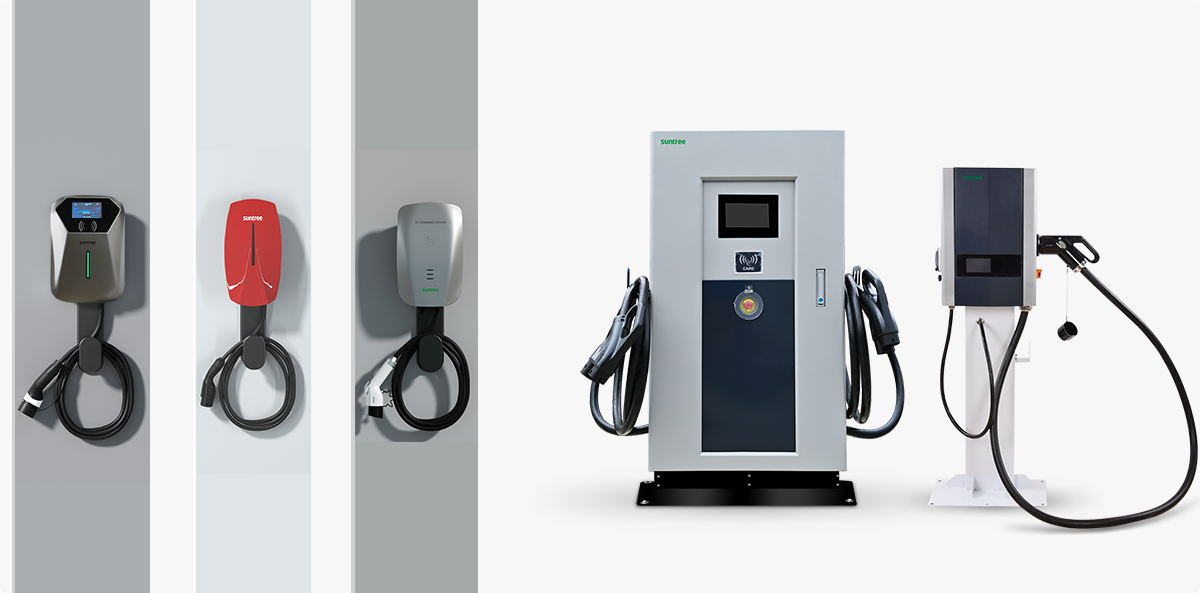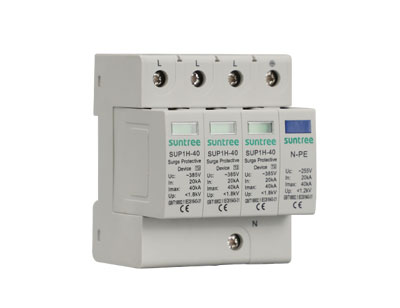The Ultimate Guide to Electric Vehicle Charging: A Complete Overview
Electric vehicles (EVs) are more than just a trend in the rapidly evolving automotive landscape; they represent a critical shift toward sustainable transportation. Many owners are still confused about how to charge their electric vehicles. How can I charge without damaging the battery? How can I choose a charger that will save money? Can I not charge to 100%? What are the taboos when using a charger?
Understanding Electric Vehicle Charging
Electric vehicle charging fundamentally revolves around powering the vehicle's battery pack. Unlike traditional gas stations, EV charging stations come in a variety of forms and speeds, each catering to different needs and situations.
Charging Types:
- Level 1 Charging: Often referred to as trickle charging, Level 1 chargers use a standard household outlet (120 volts AC) and are typically the slowest method. They are ideal for overnight charging at home or in places where fast charging is not required.
- Level 2 Charging: Level 2 chargers use a 240 volt AC power source and charge significantly faster than Level 1. They are commonly used in residential settings, workplaces, and public charging stations. Level 2 chargers can fully charge most electric vehicles overnight or provide a large amount of power in just a few hours.
- DC fast charging (Level 3): DC fast chargers, also known as fast charging, have the shortest charging time, typically providing 80% or more of the battery capacity in about 30 minutes. These chargers use direct current (DC) and are essential for long-distance travel and high-demand scenarios.
Pay attention to the adaptability of the charging pile
Whether you choose a public electric vehicle charging pile or choose to buy a home EV charger, this is a place to pay attention to. The charging interface design may vary between different electric vehicle models and manufacturers. This mainly depends on the interface matching, voltage range matching, and communication protocol matching between the vehicle and the charging pile.
1. Charging interface type and standard: There are several major charging interface standards worldwide, such as Type 2 in Europe, SAE J1772 in the United States, CHAdeMO in Japan, Combined Charging System (CCS) in Europe and North America, and Tesla's proprietary Supercharger interface. These standards usually determine the shape and hole position of the interface. Most new energy vehicles use charging interfaces that correspond to national standards, but some brands or models still use special interfaces. Car owners should understand the type of charging interface of the vehicle and choose the corresponding charging pile or charger.
2. Voltage range matching: The battery voltage range of different models may be different. The common charging voltage is 110V to 230V, but some fast charging charging piles can reach 500V or even higher. Therefore, when choosing a charging pile, car owners should ensure that the voltage range of the charging pile matches the vehicle battery to avoid uncontrollable losses.
3. Communication protocol matching: The communication protocol between the charging pile and the vehicle is also an important factor affecting adaptability. When choosing a charging pile, car owners should pay attention to whether it supports the national standard communication protocol to ensure the smooth charging process. The following are several common electric vehicle charging communication protocols:
· OCPP (Open Charging Point Protocol): This is an open standard charging pile management protocol designed to promote the compatibility of charging piles from different manufacturers with different electric vehicles. OCPP defines how charging piles communicate with charging networks and supports functions such as real-time monitoring, remote control, and data logging.
· CHAdeMO: This is a DC fast charging communication protocol jointly developed by Japanese companies. It is mainly used to support communication between fast charging facilities (such as CHAdeMO fast charging piles) and electric vehicles equipped with CHAdeMO charging interfaces.
· CCS (Combined Charging System): CCS is a standard that combines AC and DC charging and aims to unify charging interfaces in the European and North American markets. It supports fast charging and allows the use of the same interface for AC and DC charging.
· Tesla Supercharger Protocol: Tesla has its own charging network and communication protocol, called the Tesla Supercharger Protocol. This protocol supports fast charging communication between Tesla vehicles and Tesla charging piles.
Other brands or models may also have some unique protocols, such as the 5C super charging piles of China's Ideal brand cars, which are currently only available for charging Ideal MEGA models. When choosing an EV charger pile or purchasing an electric car, it is very important to understand the charging compatibility of the model and consider the compatibility of these communication protocols.

Can electric vehicles be charged directly to 100%?
- The correct charging method can not only extend the battery life, but also save charging costs to a certain extent. For example, when fast charging, car owners do not have to wait until the battery is fully charged before ending the charging. When the battery reaches 80% or 90%, you can consider ending the charging, because the charging speed in the final stage will be significantly slower, and overcharging will also cause damage to the battery.
- There are currently two main views on how much to charge: some people believe that charging to 80-90% can delay battery aging, while others suggest charging to 100% and draining the battery to maximize battery performance. In fact, both views have their scientific basis, but the applicable scenarios are different.
- The practice of charging to 80-90%, or stopping charging when the remaining power is 20%, is mainly for battery maintenance. In this case, keeping the battery in the range of 20-80% is beneficial to the health of the battery. Because within this range, the battery's state of charge (SOC) fluctuates less, which can effectively avoid deep discharge and full-charge storage, thereby slowing down the aging of the battery.
- For some new battery management systems, charging to 100% and draining can better exert the performance of the battery. The functions of this management system include actively balancing the battery's power to ensure that the SOC of each battery cell remains consistent. In this way, the overall performance of the battery can be better exerted. This is also a necessary way for new energy vehicles equipped with lithium iron phosphate batteries.
- The correct charging method depends on your usage scenario and the function of the battery management system. If you pay attention to the battery life, then it is a better choice to control the battery power at 20% to 80%. But if you pursue battery performance, then charging to 100% and emptying it is more suitable for you.
6 precautions for charging electric vehicles
1. The charging time should not be too long: Under normal circumstances, electric vehicles can be fully charged in 30 minutes to 1 hour under fast charging, and in 4 to 8 hours under slow charging, which also includes 1-2 hours of floating charging. Even though most electric vehicles and charging equipment have the function of automatic power off when fully charged, keeping electric vehicles charged for a long time may still bring some potential effects.
2. Matching charger: The battery and charger are not matched. If the voltage of the charger is too low, the charging time will be longer. If the voltage is too high and there is no automatic power off, it will cause inadequate charging or overcharging.
3. Avoid charging in extremely high temperature environments: The power battery of electric vehicles is suitable for working in the range of 0-40℃. In extremely high temperature conditions, if the battery is charged at this time, the battery temperature will be too high and even spontaneous combustion will occur.
4. Try not to charge in the rain: Although the current charging piles and car charging stations are designed to be waterproof and insulated, the risk of charging is still relatively high when it rains.
5. Never unplug the charging gun directly during charging: Whether charging at home or outside, you should end the charging through the vehicle's central control screen or charging pile, and then unplug the charging gun. Pulling the charging gun directly may cause damage to the vehicle's charging system.
6. Do not charge with flying wires or jump wires: For various reasons, some electric car owners may use flying wires or jump wires to charge when using home chargers. This behavior poses a safety hazard and may cause a short circuit and cause spontaneous combustion.
Conclusion
Charging an electric car is not as simple as plugging in a power source, but as long as it is charged in a standardized and reasonable manner, there will basically be no major problems. If you have any questions or ideas, please interact with us.







